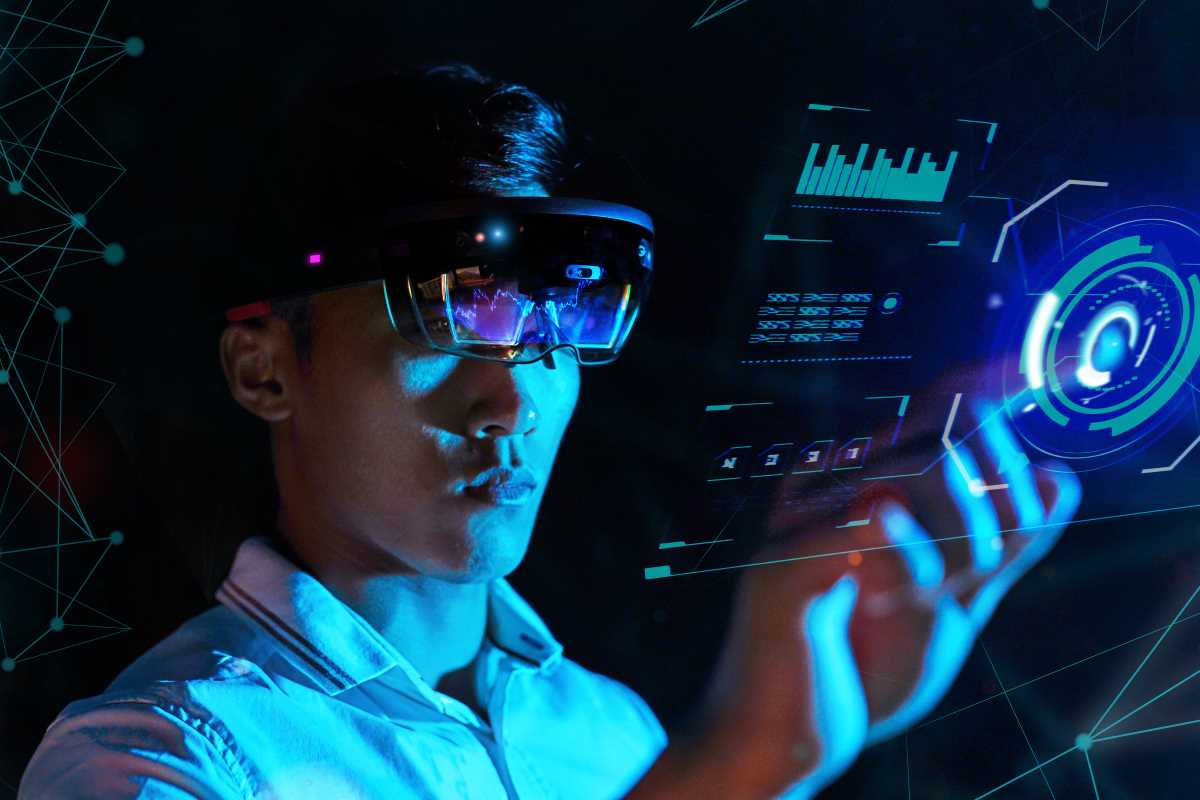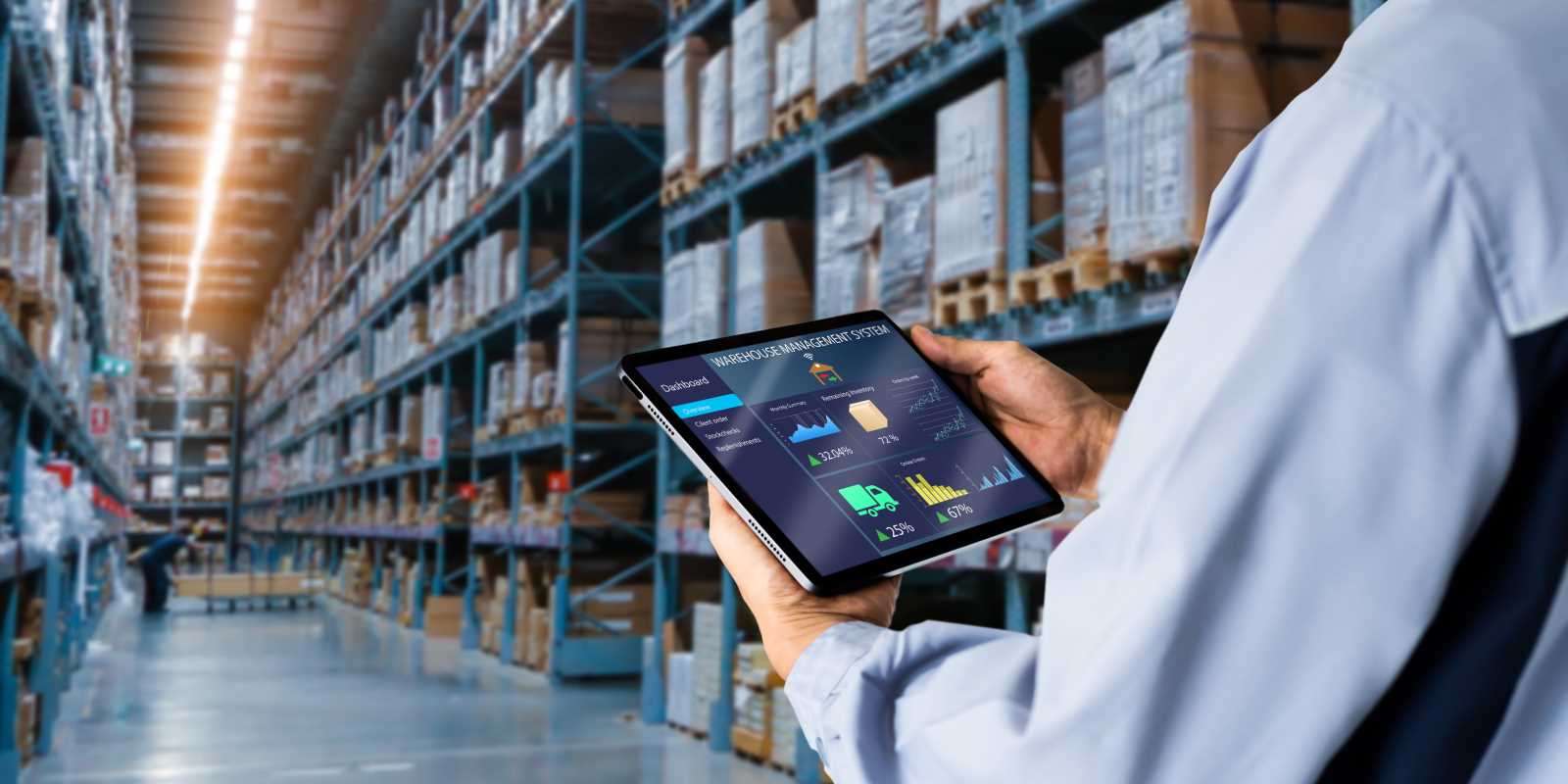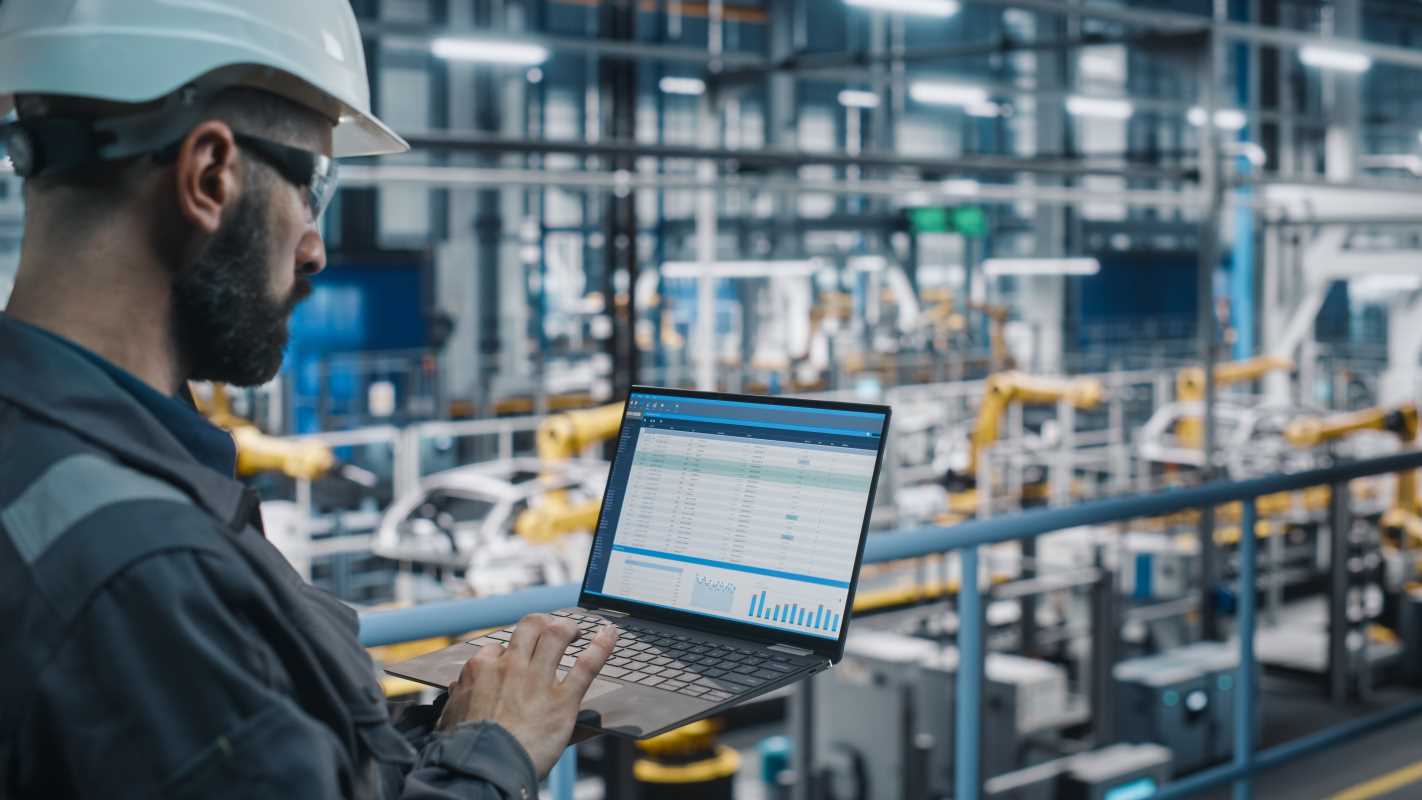Picture stepping into a classroom where the environment itself transforms into an engaging educational experience. Here, lessons spring to life on the walls, adapting in real-time to cater to the diverse learning needs of every student. Teachers are equipped with innovative tools that elevate the learning journey, making education more effective and personalized. This scene isn't from a science fiction film; it reflects the current advancements in education, driven by some of the most significant tech breakthroughs that are reshaping how we approach teaching and learning today.
The Rise of Artificial Intelligence in Education
Artificial Intelligence (AI) is revolutionizing the educational landscape by introducing smart solutions that cater to both students and educators. Here are some notable AI applications making waves in education:
- Adaptive Learning Platforms: These platforms adjust the difficulty and type of content based on each student's performance, ensuring personalized learning experiences.
- Automated Grading Systems: AI tools can quickly grade assignments and exams, providing instant feedback to students and allowing teachers to focus on more interactive teaching methods.
- Intelligent Tutoring Systems: These systems offer one-on-one tutoring sessions, helping students understand complex subjects through tailored instruction.
- Chatbots for Student Support: AI-powered chatbots are available 24/7 to answer student queries, assist with administrative tasks, and provide guidance on academic issues.
By integrating AI, schools enhance the learning experience while streamlining administrative processes, making education more efficient and effective.
Virtual and Augmented Reality in Classrooms
Virtual Reality (VR) and Augmented Reality (AR) open new doors for immersive learning experiences. Here are some VR and AR tools that teachers utilize in classrooms:
- Google Expeditions: This tool allows students to take virtual field trips to places they might never visit in person, such as ancient ruins or the depths of the ocean.
- Labster: Offering virtual science labs, Labster enables students to conduct experiments in a safe and controlled virtual environment, enhancing their practical understanding.
- Merge Cube: With this AR tool, students can hold and interact with 3D objects, making abstract concepts more tangible and easier to grasp.
- Anatomy 4D: This app brings the human body to life, allowing students to explore different systems and organs in detailed 3D models.
These technologies make learning more engaging and help students retain information better by providing hands-on experiences without the constraints of the physical world.
Personalized Learning Platforms
One size doesn’t fit all in education, and personalized learning platforms recognize this by tailoring educational content to meet individual student needs. Platforms like Khan Academy and Coursera use data analytics to understand each student's strengths and weaknesses, offering customized lessons that target specific areas for improvement. This personalized approach ensures that students do not feel bored by material that is too easy or overwhelmed by content that is too challenging.
Personalized learning platforms often include features such as progress tracking, goal setting, and adaptive assessments. These tools help students take ownership of their learning journey, cultivating a sense of responsibility and motivation. Teachers also benefit from personalized platforms as they can better support their students through targeted interventions and support methods.
Gamification as a Learning Tool
Turning learning into a game can significantly boost student engagement and motivation. Gamification incorporates game elements like points, badges, and leaderboards into the educational process, making learning fun and competitive. Platforms such as Quizlet and Kahoot! have successfully integrated gamification to create interactive quizzes and challenges that encourage active participation.
By gamifying lessons, educators enhance memory retention and understanding of complex subjects. For example, interactive math games can help students grasp difficult concepts through repetitive practice in a playful context. Gamification can cater to different learning styles, providing visual, auditory, and kinesthetic learning opportunities that accommodate all students.
Remote Learning Technologies
The shift towards remote learning has accelerated the adoption of various technologies that facilitate education outside the traditional classroom setting. Key technologies include:
- Video Conferencing Tools: Platforms like Zoom and Microsoft Teams enable live virtual classes, allowing real-time interaction between teachers and students.
- Learning Management Systems (LMS): Systems such as Canvas and Moodle organize and deliver course materials, track student progress, and facilitate communication.
- Collaborative Tools: Tools like Google Workspace and Padlet support collaborative projects and group assignments, fostering teamwork even when students are apart.
- Online Assessment Tools: These tools provide ways to assess student performance through quizzes, assignments, and exams that can be completed remotely.
The integration of these remote learning technologies ensures that education remains accessible and flexible, accommodating diverse learning environments and schedules. By using these tools, educators maintain a high standard of teaching and engagement, regardless of physical location.
Blockchain for Secure Education Records
Blockchain technology emerges as a solution for managing and securing educational records. By using blockchain, institutions create tamper-proof digital credentials that are easily verifiable. This enhances the security and integrity of academic records, reducing the risk of fraud and ensuring that student achievements are accurately represented.
Furthermore, blockchain facilitates seamless sharing of educational data between institutions and employers. Graduates can provide verified transcripts and certificates directly from the blockchain, simplifying the verification process during job applications. This streamlines administrative tasks while giving students greater control over their academic records. As blockchain becomes more integrated into education technology, it promises to change how educational data is managed and utilized.
Technology continues to redefine the educational experience, making learning more interactive, personalized, and secure. As these tech breakthroughs evolve, they hold the potential to create a more engaging and effective learning environment for students around the world.







